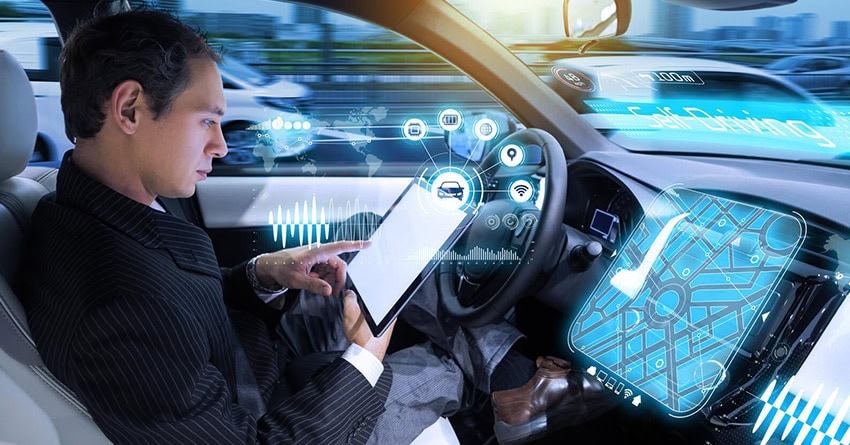Modern technologies that were considered fantastic 10 years ago
Science-fiction films and literature attract viewers and readers with their fantastic worlds full of unbelievable technologies and details which may seem never be possible in our world. However, we are already living in the future. Many features and technologies described in sci-fi books and shown in films have become possible. The same mobile phones (wireless communication) and video calls which are common today were considered as something unimginable and unreal in 1990-s . Though we cannot yet travel in time and visit parallel worlds, many fantastic technologies from sci-fi works of writers and filmmakers have found their place today.
Control over memory
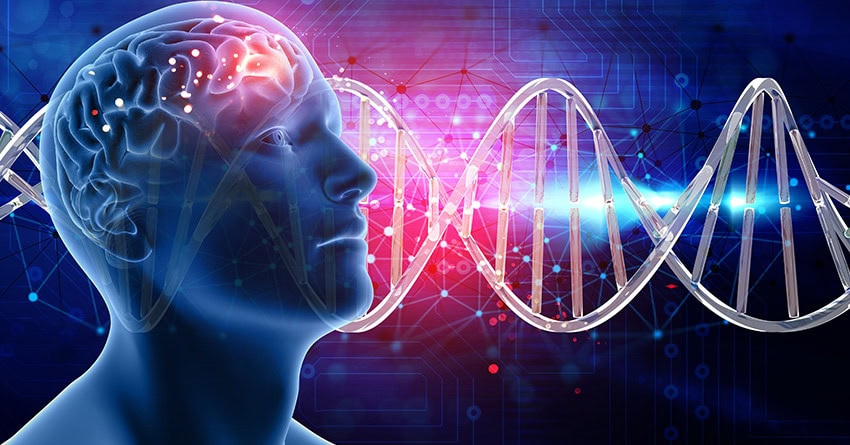
Have you ever wanted just to open your head and put some information inside without any effort to remember? Or maybe there was time when you wanted to forget anyone or anything? Control over memory is used as a central idea in many sci-fi movies and literature works. In Eternal Sunshine of the Spotless Mind (2004) the memories are changed using hypnosis. The hero of Limitless (2011) becomes genius just by taking a pill. Sounds fantasttic, isn’t it? But today such control over memory has become possible.
The discovery of the inhibitory protein PKMzeta made it possible to take partial control over human memories. In 2013 scientists found out that our brain is not just a storage of information. It is a complex system. Its processes such as remembering, sorting, storing, clustering, erasing etc. are controlled by various proteins. Therefore, getting access to inhibitory proteins and changing their behaviour and activity is the key to controlling human mind. With that scientists can help people to remember information easily or to erase unnecessary facts.
Liquid body armour
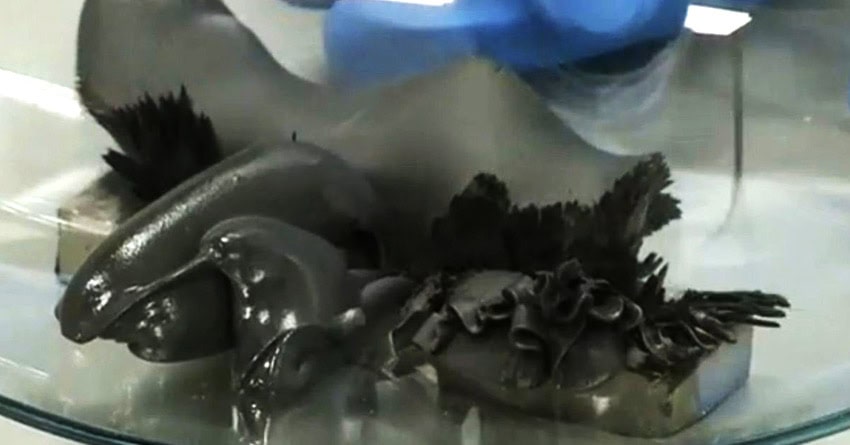
Although shields with energy fields and lazer swords are not yet here, we can still boast with the invention of liquid shellproof armour. It was developed by Polish scientists in 2011.
The protecting solution – shear thickening fluids (STF) – has a totally different structure unlike other Neutonian liquids. It is known, that normal liquids adjust to the surrounding conditions. They respond to the change of temperature and to the forces impacting them. STF behaves differently. It becomes solid when hit so weapons cannot penetrate it. This makes STF a perfect body shield. The harder the hit, the stronger are ties between the molecules of the liquid.
Only developers know the exact structure of STF. It is kept secret in the Militry Institute of Armament Technology in Warsaw (Poland). Ballistic tests prooved that the new liquid is resistant to a wide range of modern weapons.
“Green” electricity
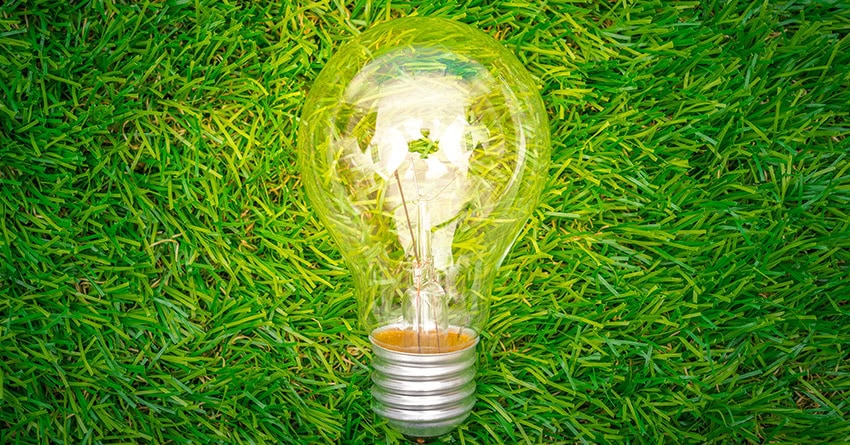
Scientists from MIT invented artificial leaves. These leaves can harvest and transform sun and water energy into electricity. It has become possible due to editing and re-programming the DNA of plants. The new DNA-origami represents protein skeletons imitating plants’ organs responsible for photosynthesis.
Photosyntesis is a complex process of tranforming sun and water energy. It consists of capturing photons and converting them into excitons. These excitons are special quasi-particles capable of storing energy.
This discovery opens a broad way to the further develoment in the sphere of “green” energetics.
Printed organs
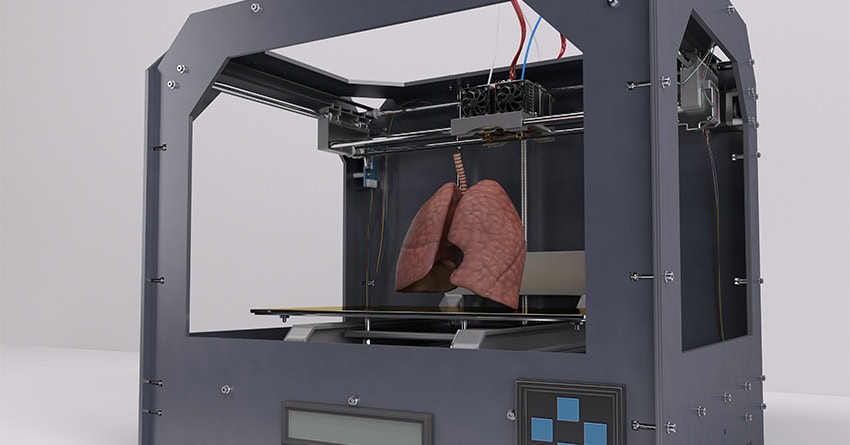
3D-printing of human organs is a breathrough in modern medicine. This discovery may soon put an end to the existing donor system. 3D-printing of organs involves the use of bioink consisted of live human tissues and cells. The 3D-printing technology brings closer the reality of developing functioning hearts, lungs, kidneys and other organs in laboratories and further transplanting them to patients.
There are many requirement to the printing materials such as bio-compatability, chemical and physical compatability with the patient’s organism. The used material should also allow the paient’s real cells and tissues to reproduce. Therefore, every printed organ is unique. By the way, skin and bones are already being printed and implimented in patient treatment.
“Smart” homes (Internet of Things, IoT)

In 1989 watching Back to the Future II we could have never thought that just in 30 years we will face the reality of “smart” homes and distance controlling of different things. Remember a scene when a 47-year-old Marty McFly returns from the office and his home greets him? Or the scene where police officers switch on the light just by saying “Light on”? Well, today this is a part of our world. We can connect different devices of our home and voice-control them via one device. Siri, Google Assistant and Alexa – are other example of smart technologies in our lives.
Artificial Intelligence and robots

It seems like yestreday when for the first time we watched such movies like Terminator or Artificial Intelligence. Robots behaving like humans, conducting and supporting conversations, learning. How fantastic it seemed just a few years ago. And now robots are being introduced in various forms to almost all spheres of our life. They even are acknowledged as legal citizens with equal rights. For instance, Sophia – first robot in the world – that got a passport and permanent residence in Saudi Arabia.
Artificial intellegince is not only about robots. It is also used in our daily life. Many households nowadays are buying robotic vacuums. The devices detect dust and cleans it without human interference. They also react to a low power level of the battery and return to their charging stations.
Self-driving cars are also a product of artificial intelligence. Seems like in the closest future we will no need to get a driving license for travelling in the car. We will all become passengers. In the USA self-driving shuttles are used today to pick up and transport blood samples collected for COVID-19 tests to laboratories. Currently such shuttles are followed by a regular car with a human driver. However, scientists are confident that very soon self-driving cars will be able to operate without “human convoy”.
